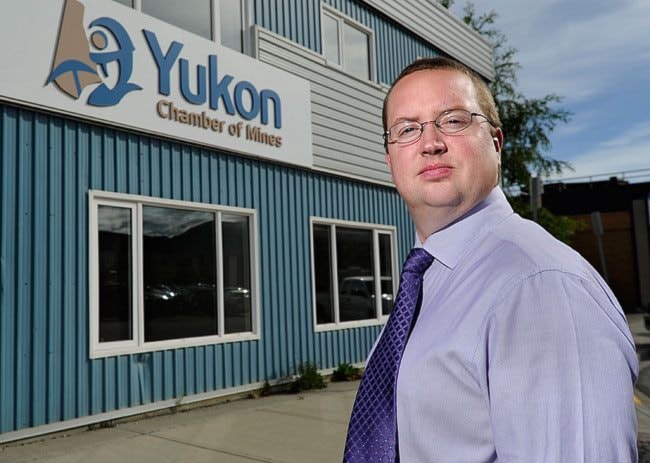The level of uncertainty for mining exploration in the Peel watershed “couldn’t possibly be understated,” according to Samson Hartland, executive director of the Yukon Chamber of Mines.
His comments come on the heels of last week’s court case over the region’s land use plans.
First Nations and environmental groups have sued the Yukon government for introducing its own plan for the region, which opens 71 per cent of the area to new mineral staking.
They argued that the plan recommended by the Peel Watershed Planning Commission, allowing staking in only 20 per cent of the watershed, is the only legal land use plan.
But neither plan is friendly to the mining industry, said Hartland.
He called the Yukon government’s plan “complicated” and “fairly restrictive.”
That plan is the one currently in effect in the region, according to the Yukon government.
“In between the restrictive nature of the plan and the uncertainty around the court case and of course the public’s sensitivities around the uncertainties at this stage, it’s clear that the area is a no-go zone right now, to anybody who is paying attention,” said Hartland. “There’s no question.”
On top of that the two First Nations that launched the lawsuit, the First Nation of Nacho Nyak Dun and the Tr’ondek Hwech’in, have made it clear that they do not want to see the industry in the area, he said.
“We certainly understand that it’s not the wishes of NND or TH for anybody to go in there until this issue is resolved, and we respect that and we’ve certainly communicated that to our membership.”
Mike Power, president of the Yukon Prospectors’ Association, said that a ruling in favour of the government wouldn’t do much for the industry.
The government’s plan amounts to effective expropriation of the existing claims in the watershed, but “it’s a little like getting smothered with a pillow,” he said.
“Under the current land use plan that the government has proposed, the area is basically going to be a no-go area. It’s not going to be easy at all to do anything in there with the restrictions they are proposing. I think anybody who is worried about the mining industry flooding into the Peel if the court case doesn’t go their way is wrong.
“It’s cleverly crafted. It’s sort of telling a home owner that, sure, you own the land, but you can’t put a road in front of it, you can’t run power or water in there, but it’s your land, and if you want to try and build a house go ahead, just use a helicopter to get in.”
The solution is for all the parties to come back to the negotiating table, said Hartland.
“We’d like to see people talk about what land use planning means, and to take stock of land use planning in the territory, because certainly right now it seems like we’ve hit a bit of a wall and are asking the courts to decide what land use planning means for the territory.”
The Yukon government estimates that $50 million has been spent exploring in the Peel in the last decade, he said.
“It sort of magnifies and confirms that mining and the environment can co-exist, because this is a region that has had this amount of dollars spent in it, and it’s still viewed as pristine.”
Contact Jacqueline Ronson at jronson@yukon-news.com
